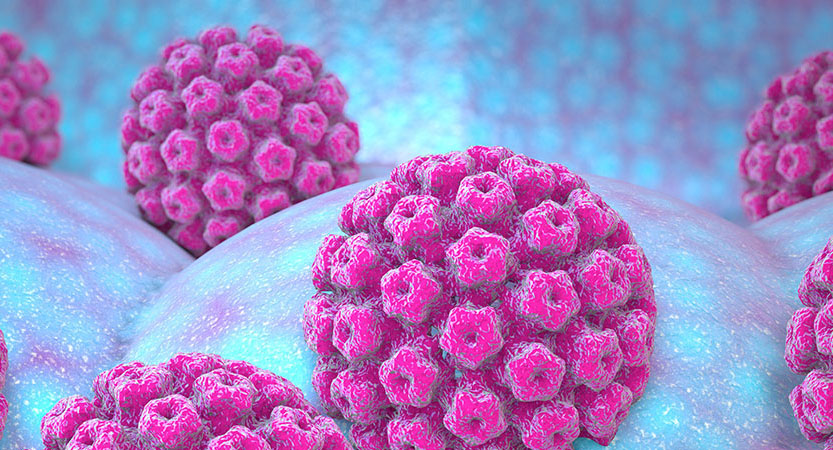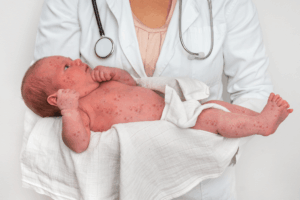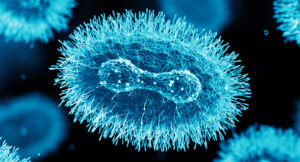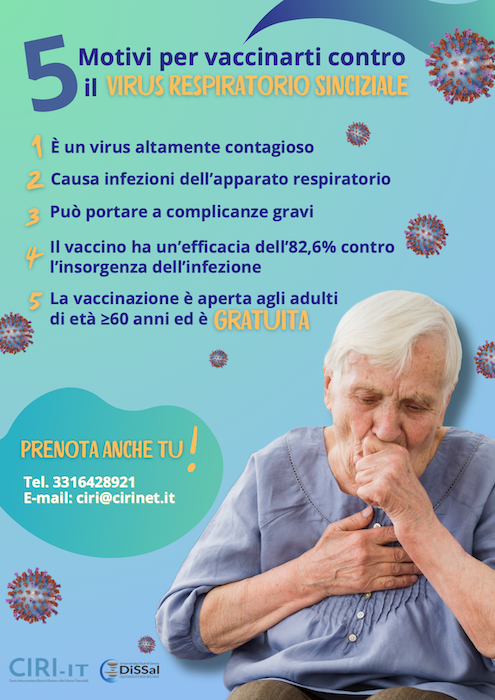1. The Virus
Papillomaviruses (PVs) are a group of species-specific DNA viruses that infect the epithelial tissues of a wide range of animals, from mammals to fish. They belong to the Papillomaviridae family, genus Papillomavirus. To date, more than 200 genotypes of human-infecting papillomaviruses (HPV – Human Papillomavirus) have been identified.
HPVs exhibit a strong tropism for differentiating epithelial tissues and can induce cellular proliferation, which may lead to benign skin lesions (such as warts) and mucosal lesions (such as genital warts), and in some cases, malignant transformations.
Based on epidemiological, biological, and clinical evidence, the International Agency for Research on Cancer (IARC) has classified mucosal high-risk HPVs (HR-HPVs) as follows: carcinogenic (Group 1: HPV-16, 18, 31, 33, 35, 39, 45, 51, 52, 56, 58, 59), probably carcinogenic (Group 2A: HPV-68), possibly carcinogenic (Group 2B: HPV-26, 53, 66, 67, 70, 73, 82). Low-risk HPVs, such as HPV-6 and HPV-11, have been classified as non-carcinogenic (Group 3) based on current evidence.
1.2 Transmission Routes
HPV is the most common sexually transmitted infection worldwide. Transmission occurs through direct contact during vaginal, anal, or oral sex with an infected individual—regardless of symptom presence. Autoinoculation (transfer of the virus from hands to genitals and vice versa) has also been documented.
Vertical transmission:
HPV can be transmitted from mother to child during pregnancy or childbirth, whether vaginal or via cesarean section. Although C-section was once considered protective, HPV DNA has been detected in neonatal oral cavities, breast milk, amniotic fluid, placenta, and umbilical cord blood.
Perinatal infection can lead to a rare condition called recurrent respiratory papillomatosis (RRP), particularly in children aged 1–4. This disease is most commonly associated with low-risk genotypes HPV-6 and HPV-11.
1.3 The Disease
HPV infection is a necessary condition for the development of cervical cancer, although most HPV infections are transient and cleared naturally by the immune system without causing any disease. In rare cases, particularly with high-risk genotypes, persistent infection can lead to malignant transformation.
HPV is responsible for: almost all cases of cervical cancer, a growing proportion of other less common cancers such as anal, vaginal, and oropharyngeal cancers.
1.4 Primary Prevention
Vaccination is a key strategy to reduce the risk of HPV-related cancers.
HPV vaccines contain L1 proteins, which self-assemble into virus-like particles (VLPs) and are combined with adjuvants. These vaccines do not contain viral DNA, and therefore cannot cause infection.
In Italy, HPV vaccination is recommended for both girls and boys from the age of 11. The administration is intramuscular and consists of two doses for those vaccinated before the age of 15, and three for those vaccinated after that.
The first vaccines starting in 2007 were of two types. The bivalent vaccine targets HPV-16 and HPV-18 responsible for ~70% of cervical cancers. The quadrivalent vaccine also includes protection against HPV-6 and HPV-11 cause of benign genital warts.
Since 2017 a third vaccine has been in use, called nonavalent vaccine which in addition to HPV 6, 11, 16 and 18, ensures protection against five other strains capable of inducing cancer, preventing over 90% of the tumors associated with the virus.
1.5 Secondary Prevention
Cervical cancer screening is performed by collecting a small sample of cervical cells using a specialized endocervical brush. The tests used in screening are the Pap test, offered every 3 years to women aged between 25 and 30, and the HPV-DNA test, offered to women aged between 30 and 64 every 5 years.
The HPV-DNA test is more sensitive than the Pap test and more effective in preventing cervical cancer because it detects viral presence, not just cell abnormalities.
If the HPV-DNA test is positive, the woman will have to undergo a triage cytological test, which can highlight the presence of cellular alterations that require further tests (colposcopy); if the cytological test is normal, the HPV test will be repeated after 1 year.
In younger women, the HPV-DNA test is not recommended as a primary screening tool. HPV infection is more common at a young age but is often transient and clinically irrelevant. Early testing could lead to overdiagnosis and overtreatment of lesions such as CIN2, which often resolve spontaneously. For similar reasons, Pap testing before age 25 is also not recommended.






